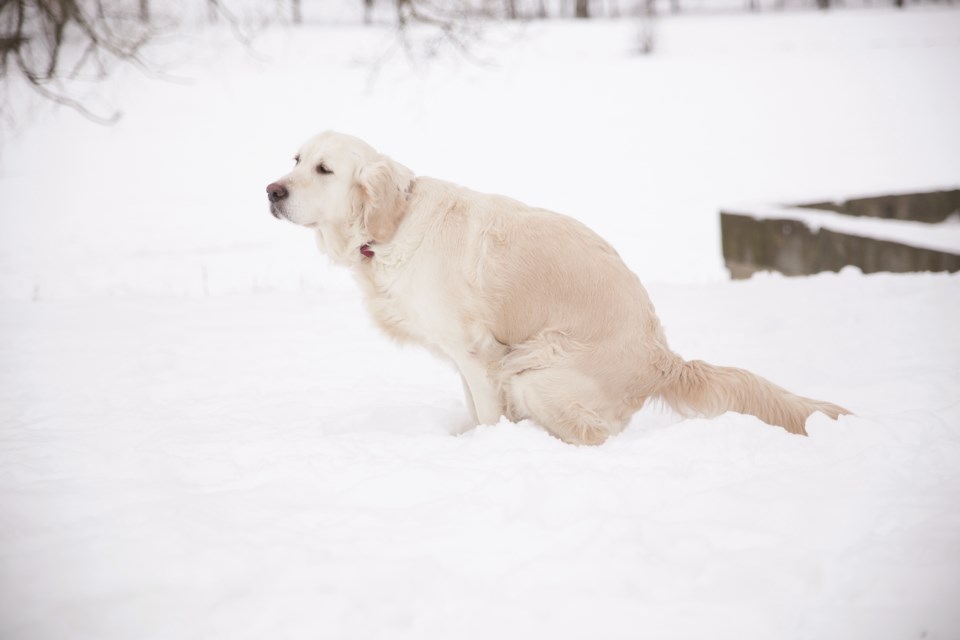After missing out for two years, I’ve rebooted my annual tradition of heading to Sweden’s Arctic for a stint of work. Sitting in the lounge at YVR seems all too familiar and yet also strange. The airport is nowhere near as busy as would normally be the case, some parts sealed off, and I don’t have the same workaday feeling I usually have before boarding international flights; it’s more a mix of “oh, right, this…” and mild dread at the extra tedium that will doubtless ensue in what is already typically a 26-hour marathon. And it’s not just me. The vibe here seems different as well—almost as if few have ever travelled overseas before, the air rife with the kind of bubbling (muted by masks) that go along with a first time. Hardly believable, but there’s enough novelty for many that when the workhorse Lufthansa 747 rolls up to disgorge arriving passengers, a dozen people excitedly skip to the gate windows to take selfies with the big bird in the background. Me? I’m just trying to find an electrical outlet that works. Some things never change.
Which gets me thinking of things that never change around Whistler in the spring, and that I’ve now had two springs and a few weeks to take note of. They range from the pleasant to the repulsive, the expected to the absurd. And if I don’t exactly celebrate them all, I can at least enumerate them.
First off is weather. The vernal season has always been notorious for its “unsettled patterns.” That’s a meteorologism for crapshoot. But there was once a predictability to how that crapshoot played out that seems to have gone walkabout the past two decades. The new normal for spring weather in Whistler is Forest Gumpian in being like a box of chocolates—you never know what you’re going to get. Recent trends have been toward early heat up high with cataclysmic destruction of the snowpack prohibiting any real enjoyment beyond April. This year is spectacularly different in being cooler and snowier above 1,400 metres, harking back to days of yore, enabling touring and, with the mountain open for a change, de facto spring skiing from powder top to bottom slop. Never mind finding 20 centimetres of snow on your car in the morning—the afternoon’s going to be great!
Still, the valley has pretty much melted out, bringing two more groups of rites into focus—those I choose to engage in, and those in which I’m but a passive observer as the snow deliquesces down storm drains. The first group are all positive: picking up the garbage on my street; conducting surveys of emerging endangered snakes in Pemberton; taking advantage of new recreational opportunities like hiking and canoeing; and getting the vegetable garden going—something I never would have dreamed of when I first moved here, but which has become a cherished activity thanks to AWARE‘s amazing GROW program.
The unconscious rites aren’t as much fun: assessing the damage of winter and assessing the damage of dog owners. The former has clearly accelerated in the past few years. There are more road signs knocked over, massive rocks prised up, trailside vegetation destroyed and barriers and curbs smashed than has ever been the case. Is it pandemic related? A shortage of plow drivers, perhaps, such that people without experience are recruited? Or pros imported from the city who don’t know the landscape? It’s a mystery—doubtless an expensive one.
The latter rite remains as perplexing as it is alternately maddening and comical. To wit: WTF is up with people who go to the trouble of conscientiously (one assumes) bagging their pet’s poo but can’t be bothered to carry the bag to a garbage receptacle? Fascinating aspects of human behaviour are revealed by the placement of these vile packages, which fall into three categories: the Random, the Hail Mary, and the Magical Thinking.
The Random covers those bags literally dropped where the doggie-deuces happened—streetside, in parking lots, wherever. The bagger has clearly and bizarrely declined to carry their treasure a centimetre. The Hail Mary is a guilt-driven toss as far into the bush as the person could muster. As a result, the forest floor around the Valley Trail is littered with Hail Marys—trees decorated, too. Finally, the Magical Thinking leitmotif involves carrying the bag to a location where it’s left in plain sight with the magical expectation that someone else (likely the RMOW) will pick it up. These include street corners, trail intersections, park entrances, mailboxes, artworks, electrical transformers, pump-houses and cement risers of all descriptions. If justice were possible, the perpetrators of all three could be placed in stocks in the Village Square for a day, decorated with their detritus. As it is, no one knows who they are and so bags continue to accumulate and contaminate the entire valley—the complete opposite of what they’re meant for.
This particular rite of spring is infuriating to everyone—probably even those who cause it. And I now realize how much I’ve missed its antidote: going skiing somewhere far away where it’s still deep winter, then coming home when greenery has covered up the mess.
Leslie Anthony is a Whistler-based author, editor, biologist and bon vivant who has never met a mountain he didn’t like.




